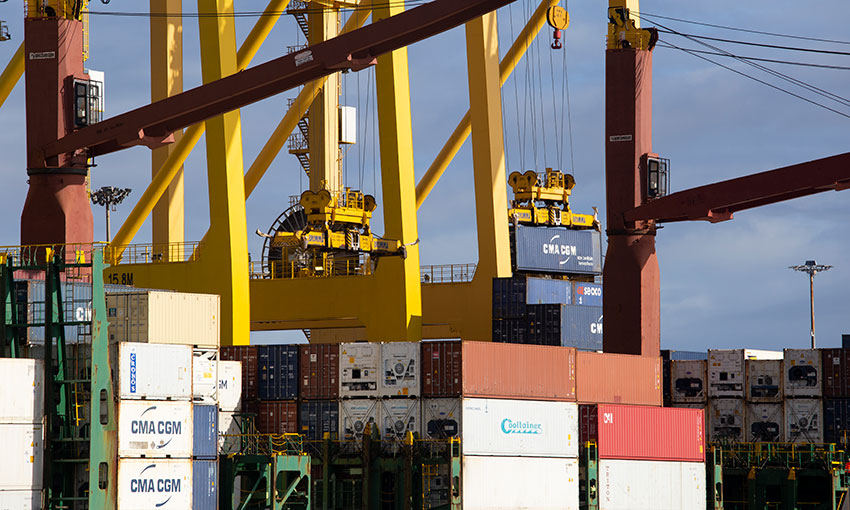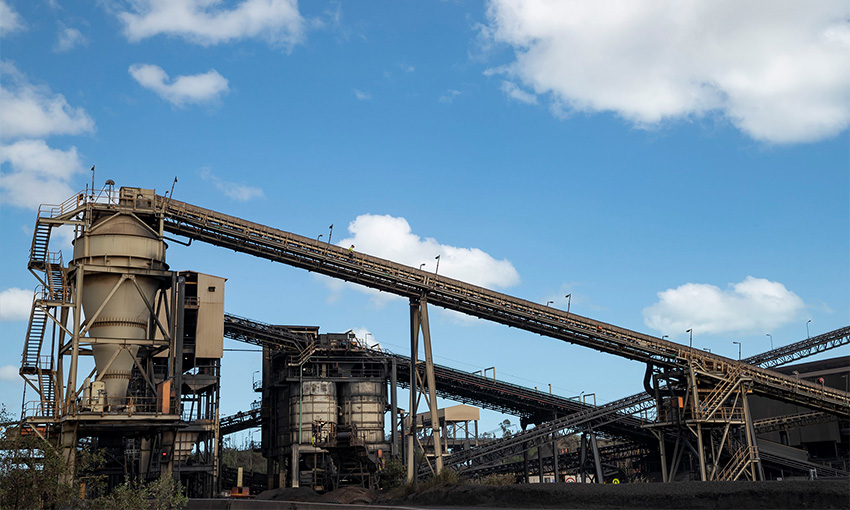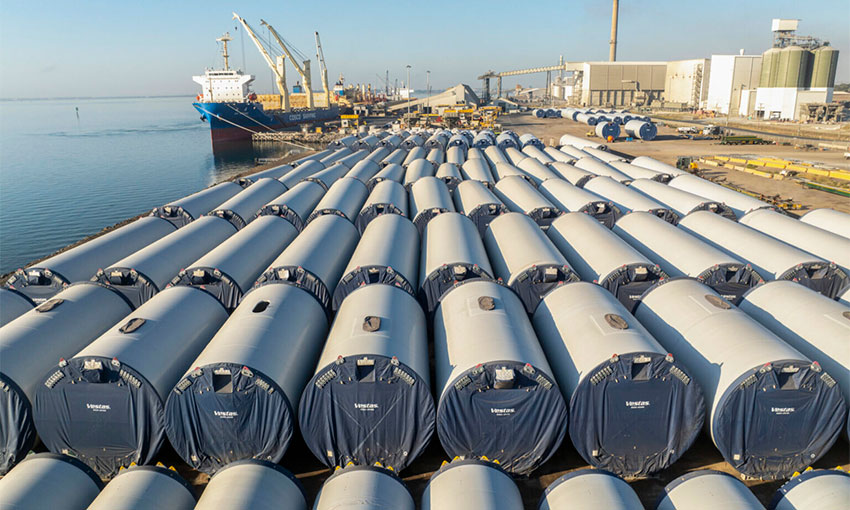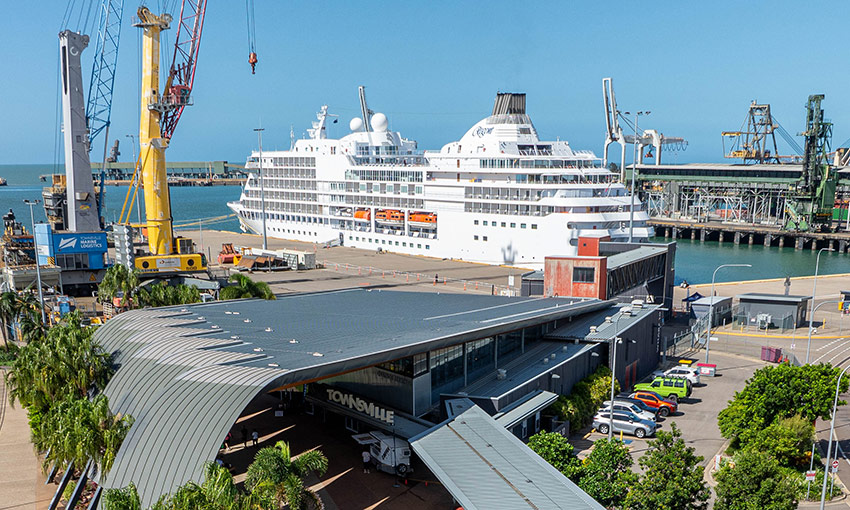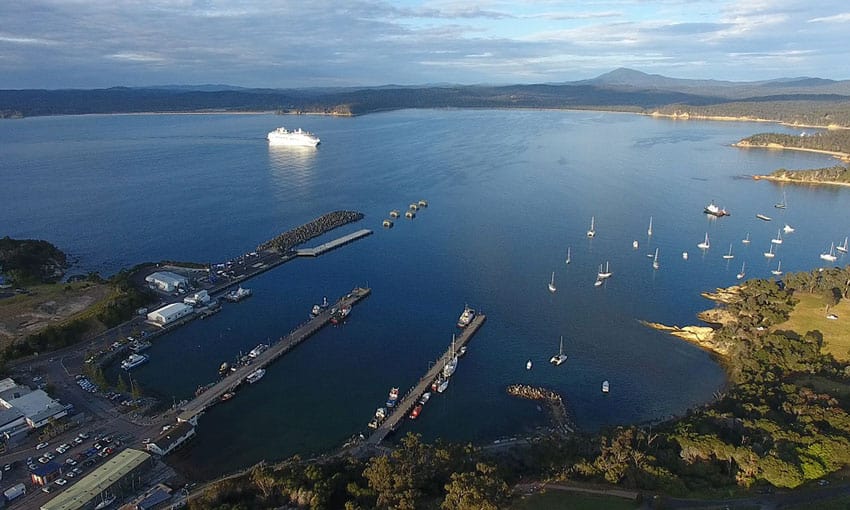THE Australian Competition and Consumer Commission’s annual Container Stevedore Monitoring Report 2020-21 warns Australia risks becoming a less attractive destination for shipping lines unless productivity, workplace relations and supply-chain inefficiencies are addressed.
The report looks at the impact of the current global logistics crisis on Australia’s container trade, as well as the prices costs and profits of stevedores at Australia’s international container ports.
The report finds that a surge in demand for containerised cargo and extreme congestion across the global supply chain have caused major disruptions and delays.
According to the ACCC, some Australian exporters are struggling to meet their contractual obligations, and some large retailers are so concerned that their cargo will not arrive before Christmas that they are buying their own shipping containers and chartering their own vessels.
ACCC chair Rod Sims said international shipping line movements normally run lean and just-in-time, but a surge in demand and COVID-19 outbreaks that have forced numerous port operations to temporarily shut down have caused congestion and delays with a cascading effect across the globe.
A stevedore told the ACCC that only 10% of vessels arrived in their designated berth windows in 2020-21, which is their lowest rate on record.
“Pre-pandemic, the sector would have likely been able to manage such a surge in containerised demand, but the simultaneous destabilisation of almost every part of the supply chain has left them without any spare capacity and struggling to cope,” Mr Sims said.
The report shows that freight rates on key global trade routes are currently about seven times higher than they were just over a year ago. However, even at these rates, shipping lines cannot guarantee on-time delivery.
“The margins of Australian importers and exporters are being squeezed, as they are all around the world, and the current situation is very challenging for businesses that rely on container freight,” Mr Sims said.
The ACCC considers that the operation of the global supply chain will be restored, and freight rates will fall once the shocks caused by the pandemic stop. However, Australia risks becoming a less attractive destination for shipping lines unless productivity, workplace relations, and supply chain inefficiencies are addressed.
Port productivity
A recent study by the World Bank and IHS Markit showed that even before the pandemic disruption, Australian container ports were relatively inefficient and well below international best practice. The study ranked Australia’s largest container ports, Melbourne and Sydney, in the bottom 15% and 10% respectively, of the 351 global ports in the study.
Data published by the United Nations Conference on Trade and Development also shows that in 2019, the median in-port time for container ships visiting Australia was three times longer than Japan, twice as long as China, and 50% longer than Singapore or New Zealand.
“We were told that some shipping lines were already withdrawing services from Australia before COVID hit. Australia needs to take decisive action to remain an attractive destination for global shipping lines,” Mr Sims said.
The report said continued investment in technology and infrastructure is needed to improve productivity and efficiency at Australian ports. In particular, the report said greater rail access to ports would benefit the supply chain.
Workplace relations and practices
The report also looks at how systemic industrial relations issues and restrictive work practices have further disrupted the supply chain and exacerbated congestion and delays.
Data obtained by the ACCC shows average idle hours, which is the length of time a ship spends in berth, at Port Botany increased from 11.9 hours pre-pandemic to 21.2 hours in 2020-21. Congestion at Port Botany has become so bad that some shipping lines are skipping the port entirely.
“Industrial action on top of pre-existing congestion has unfortunately put enormous strain on our international container ports at a time when they can least cope with it, and in the case of Port Botany, some shipping lines have decided the delays make using the port commercially unviable,” Mr Sims said.
The Maritime Union of Australia has recently used industrial action to push for restrictive work practices, including enterprise agreements that limit the ability of stevedores to automate and make recruitment decisions. For example, Hutchison Ports Australia’s enterprise agreement requires 70% of new recruitments to be family and friends of existing employees, or people chosen by the MUA.
The union wants a similar provision in Patrick Terminals’ agreement, but last week Patrick applied to terminate the agreement on the grounds that it restricts it from being able to meet its customers’ requirements.
“The long-running labour issues in the container stevedoring industry have resulted in lower productivity and higher costs for Australian cargo owners,” Mr Sims said.
The MUA told the ACCC that in recent years it has taken a stronger emphasis on job security and impact mitigation for its workforce in response to significant trends in the supply chain, including privatisation, automation, increased competition between stevedores and the consolidation of shipping lines.
According to the report, the MUA said stevedores’ introduction of new automated technology has reduced productivity in an overall sense.
Changes in the container freight supply chain
The report identifies several other longer-term trends that have transformed Australia’s container industry over the past decade. For example, the entry of Hutchison and VICT has changed competitive dynamics between stevedores and, as a result, stevedores are now earning less and investing more. They have also had to rely more on revenue from charges levied on landside transport operators than they have in the past.
“At the current level of landside charges, stevedores do not appear to be earning excessive returns, but we will continue to keep a close eye on these charges,” Mr Sims said.
The report says the privatisation of four major container ports in Australia (Port Adelaide in 2001, Port of Brisbane in 2011, Port Botany in 2013, Port of Melbourne in 2016) has brought some benefits to the container industry through more dynamic port operations. However, it has also led to higher prices, at least at some ports.
“In 2020, the Essential Services Commission of Victoria found that the Port of Melbourne exercised its market power in charging land rents to port operators,” Mr Sims said.
“The ACCC has been saying for some time that the current little or no regulation of container ports in Australia is not fit for purpose. Regulation needs to compensate for a lack of competitive pressure on the ports.”
The report recommends the repeal Part X of the Competition and Consumer Act 2010 to facilitate greater competition between shipping lines on Australian trade routes.
Part X of the act regulates international liner shipping of international cargo. It sets up a system through which international shipping lines can be given partial and conditional exemptions from cartel conduct.
The report pointed out that consolidation and alliances among shipping lines have led to them having greater bargaining power in negotiations with stevedores, container parks and cargo owners, and lines have used this bargaining power to negotiate lower charges from both stevedores and empty container parks. However, the ACCC said it has not seen any evidence of shipping lines charging excessive freight rates prior to the COVID-19 pandemic. Some shipping lines informed the ACCC that for a number of years they were making losses on some Australian trade routes.
The report said there is a risk that shipping lines could use their increased bargaining power to keep freight rates higher for longer after supply chains recover from the upheaval caused by the pandemic.
The report recommends that governments, industry and unions address industrial relations and restrictive work practices, limit privatised ports’ ability to impose excessive rents and charges.
The report also recommends that public and private infrastructure investments are made to fix inefficiencies in the supply chain caused by larger ships, lack of rail access to Australian container ports and shortage of space in empty container parks.
A spokesperson for Shipping Australia said the organisation is reviewing the ACCC publication and media reporting on it.
“At first sight, the contents certainly seem to be a vindication of pretty much everything Shipping Australia has been saying over the past 18-24 months,” he said.
“Specifically, port congestion is at the root of the crisis.”

